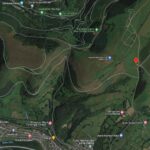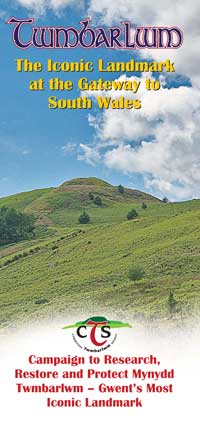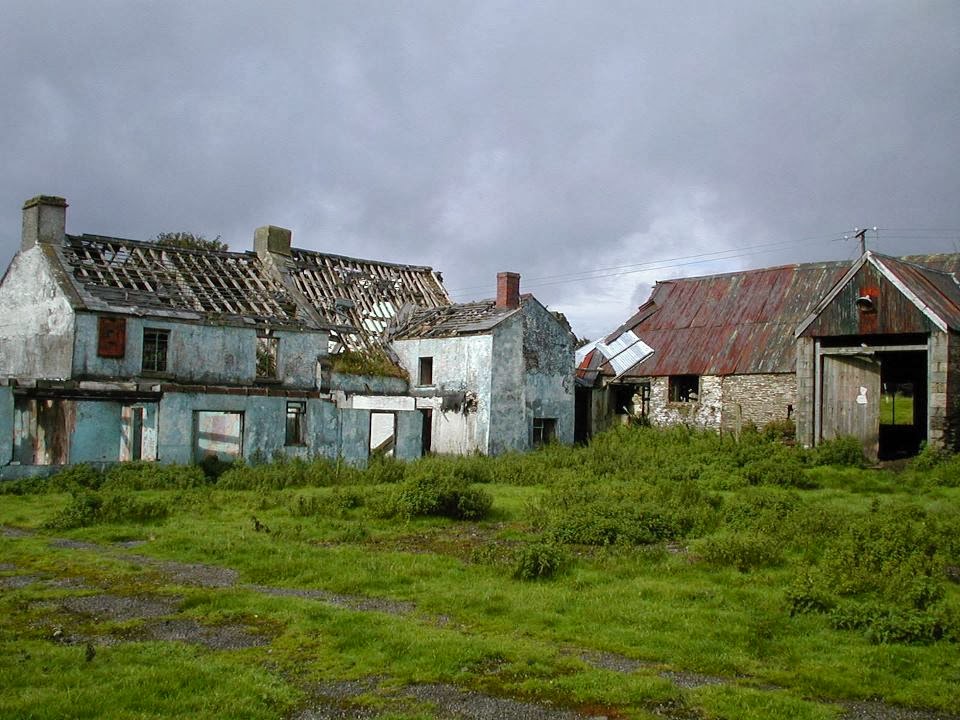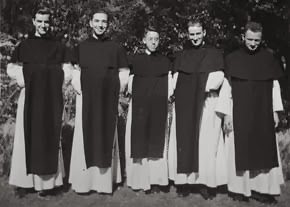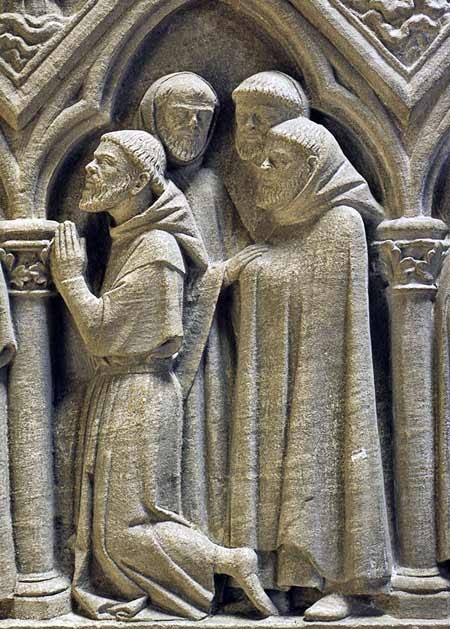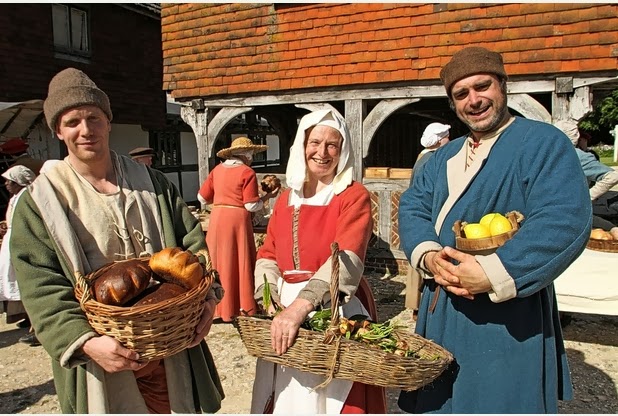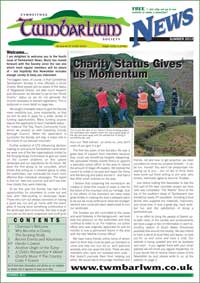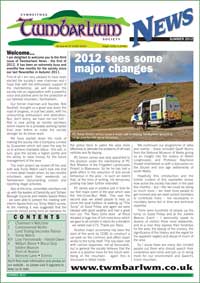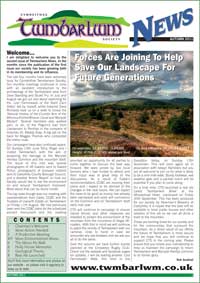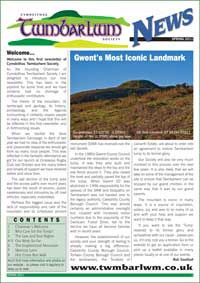
Cistercian Grange Farms
Discover the Monastery Farms of Mynydd Maen and the Ebbw Valley
Dr Madeleine Gray PhD, FRHistS, FSA Professor of Ecclesiastical History, at the School of Humanities and Social Sciences University of South Wales, Caerleon Campus – is a good friend of the Twmbarlwm Society and has presented her knowledge of the area on several occasions.
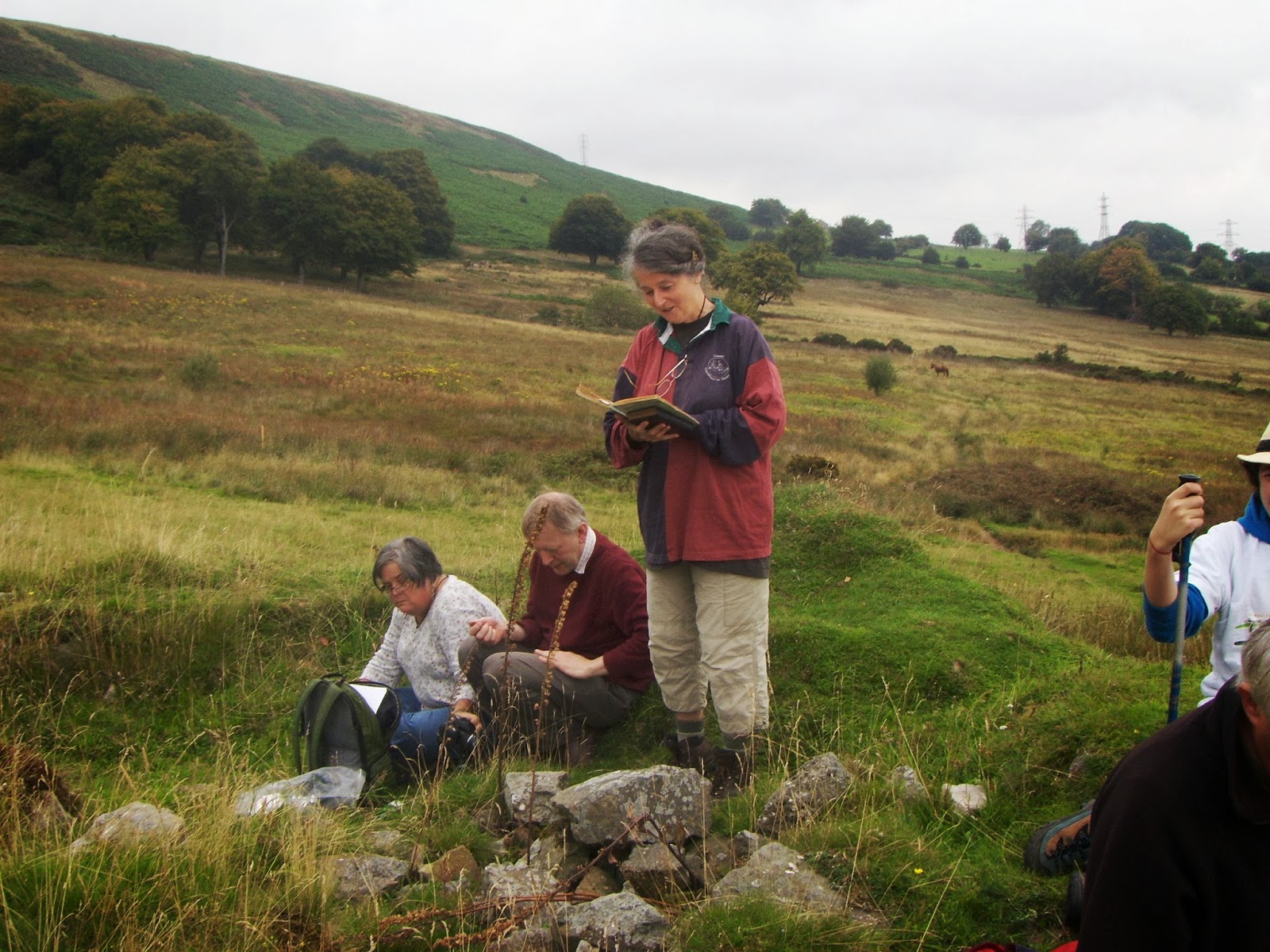 |
|
Dr Madeleine Gray at the ruins of the monastic chapel at Llanderfal |
Dr Gray’s has a great interest in and knowledge of the Cistercian monks of Llantarnam Abbey, the pilgrimage trail from the Abbey to the Shrine at Penrhys and monastic grange farms established by the abbey on Mynydd Maen and in the Ebbw and Afon Llwyd Valley – and her work on this subject will be the core content of the Cistercian Way being established around Wales
About the Llantarnam Abbey & the Medieval Monastic Farms of Mynydd Maen and the Ebbw Valley
The Cistercian Abbey of Llantarnam, or Caerleon as it was originally known, was founded in 1179 by Hywel ab Iorwerth, lord of Caerleon (d. c. 1215) as a daughter house of Strata Florida Abbey in mid Wales. Its position at the southern and eastern extremity of Hywel’s territory at the high point of the twelfth-century Welsh revival suggests that politics may have been involved in its foundation. The gift of extensive tracts of debatable frontier land to an emphatically Welsh foundation served to keep them in Welsh hands and created a buffer zone against the inevitable Norman drive to the west. Llantarnam was a substantial medieval abbey with lands spreading out along the Arfon Llwyd valley, up onto the moor lands of Mynydd Maen and down into the Ebbw Valley where a number of monastic grange farms were established ostensibly to pasture sheep on the uplands and cattle on the lush grass lands of the valleys.
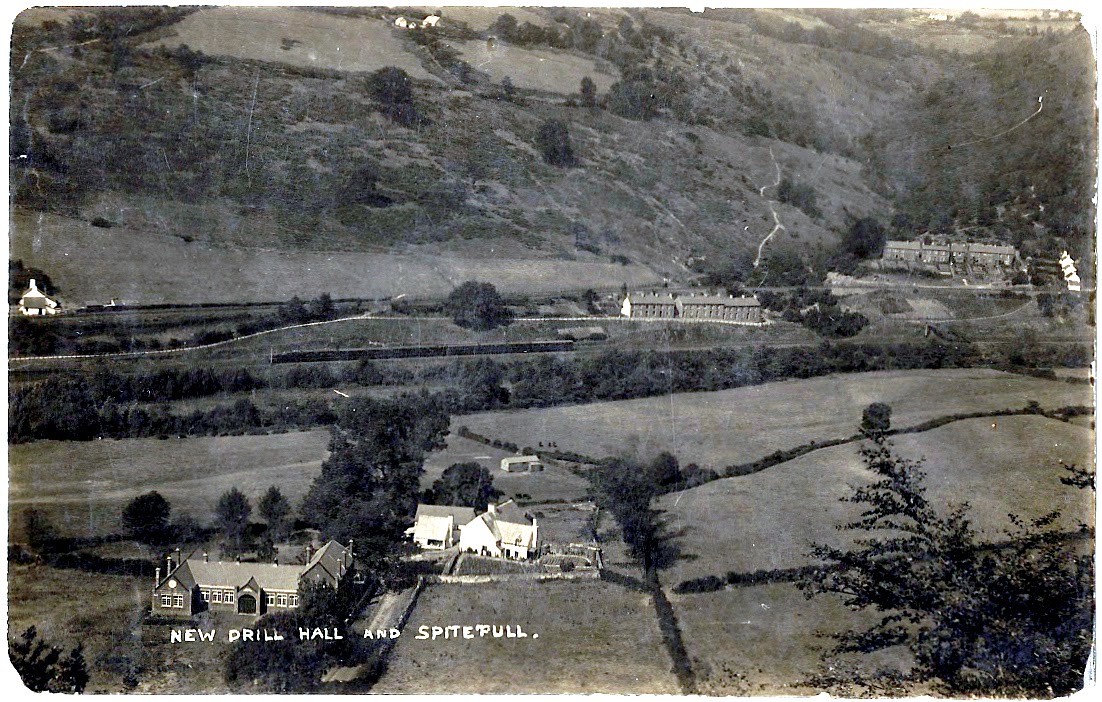 |
|
Chapel Farm pictured in the lower middle ground of this photograph was a monastic grange farm with a chapel attached. This site is now occupied by Cwmcarn High School |
Historical evidence suggests that there were grange farms of the abbey at Cillonydd (The Double D), Rhyswg, and Dorallt on Mynydd Maen and at Chapel Farm Abercarn (site now occupied by Cwmcarn High School) and Maes Tir which is thought to have been near old Pontymister farm. The abbey also held lands and established grange farm further a field at Manmoel to the north of modern day Oakdale and at Penrhys in the Rhondda valley.
These farms were initially worked by lay brothers. The lay brothers did not lead a life of spiritual devotion like the clerics who had taken holy orders; rather they concerned themselves with working with the animals, tilling the lands and more worldly matters.
Many of these were illiterate peasants who performed the physically demanding domestic or agricultural work of the community. Some were skilled in artistic handicrafts, others filled administrative positions. Generally speaking, however, lay brothers roles were limited within most monasteries. This is not to suggest that lay brothers were unimportant; in fact, the economic success and stability of the monastery or community depended upon the skills and labour of the lay brothers.
Following decline of the manorial system and the Black Death it appears that there was a shortage of lay brothers and, as a consequence of this, tenants were sought by the abbot to take on the working of the Abbey’s lands and grazing of its animals. This scenario was portrayed recently in the popular BBC series ‘The Tudor Monastery Farm’ with Ruth Goodman and Peter Ginn which was set around 1500.
Llantarnam Abbey was closed in the first wave of suppressions of Henry VIII’s Dissolution on 27 August 1536 and the house and most of the abbey’s lands were later bought by William Morgan of Pentrebach. This is ironic, as he was one of the most devout Catholics in the county. The house was completely rebuilt again by Reginald James Blewitt in 1834-5 by which time only Cillonydd (the Double D) remained the only farm on Mynydd Maen still owned by the Magna Porta Estate of the Llantarnam.
This event is at Crosskeys Rugby Club on Wednesday 19th March. Doors open at 7.00pm and the evening commences promptly at 7.30pm. The evening is free for members to attend and £3.00 for non-members. There will also be a raffle and an opportunity to join the society at the end of the evening. The evening will close at 9pm.

